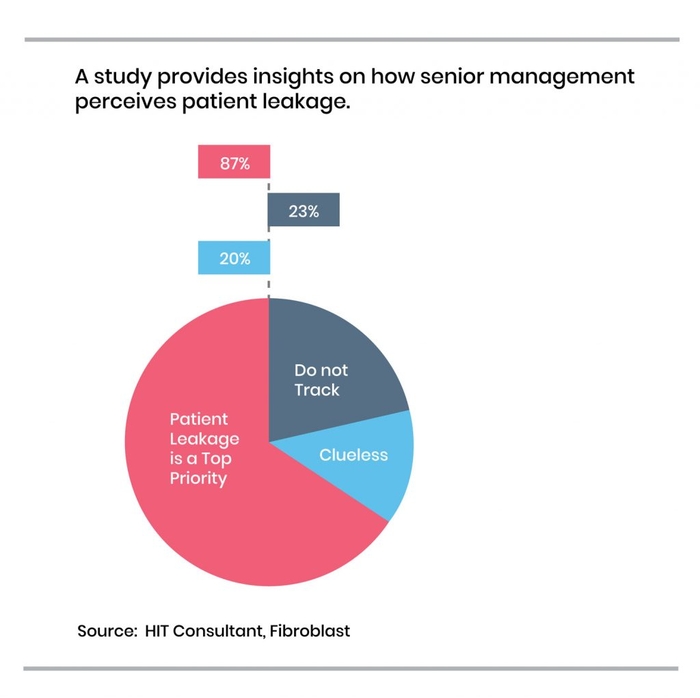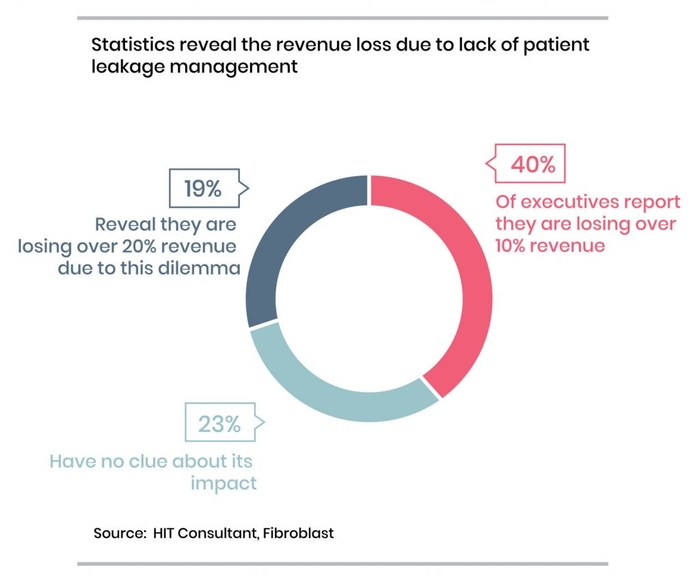In the world of healthcare, as with any other organization, patient engagement and satisfaction are the cornerstones of success. Unlike many other industries, healthcare providers must navigate a complex landscape influenced by legal regulations and referrals, all while ensuring an exceptional patient care experience.
The Impact of Patient Journey and Satisfaction
Patient journey and satisfaction are pivotal factors in healthcare. The patient’s experience from the moment they step into a healthcare facility to their ongoing care profoundly influences their loyalty and preference. This is where the essence of patient care experience comes into play.

The Consequences of Patient Satisfaction and Feedback
When healthcare providers fail to manage patient satisfaction effectively, they risk what is often referred to as “patient leakage” – a scenario where patients seek care elsewhere due to dissatisfaction. This phenomenon can have dire financial implications, with nearly 40% of executives reporting losses exceeding 10% of revenue, while 19% reveal losses surpassing 20%. Surprisingly, 23% remain unaware of the financial impact of patient leakage.
Understanding Patient Care Experience Excellence
Patients typically follow their physician’s recommendations. However, regardless of loyalty, patients expect top-tier services. To build a robust patient retention strategy, healthcare providers must prioritize patient care excellence. This includes ensuring that their services consistently outshine competitors in the vicinity. Implementing a system to measure the quality of care provided can offer insights into facility performance and demonstrate superior patient outcomes.
Shared Responsibility for Patient Satisfaction
While multiple individuals within healthcare facilities are involved in the patient satisfaction process, few take ownership. Ideally, patient satisfaction should be a collective responsibility, embraced at all levels of the organization. Everyone working towards the shared goal of patient experience excellence contributes to reducing patient leakage.
Bridging the Perception Gap
A substantial disconnect exists between executive perception and action regarding patient leakage. Although 87% of senior management considers it a top priority, 23% do not track it, and 20% are unaware of its existence.
The Role of Technology in Patient Experience Management
Technology plays a significant role in managing patient leakage and referral systems. Currently, 38% of healthcare providers rely on their Electronic Health Record (EHR) systems for tracking patient leakage and referrals. However, dissatisfaction with the effectiveness of these systems is prevalent, with 19% of executives expressing dissatisfaction and only 57% reporting partial satisfaction.
Conclusion: Focusing on Patient Experience Excellence

Ultimately, the key to retaining patients and fostering a strong referral network lies in the quality of service provided. Patients will not stay with a facility that offers subpar care. To build a stellar reputation and maintain a robust referral network, it is essential to recognize and address gaps within the healthcare system. Understanding patient feedback, improving patient satisfaction, and embracing patient care experience excellence are essential steps on this journey.
Antlere’s patient experience management solution empowers healthcare providers to identify and bridge these gaps, ensuring a seamless and satisfying patient journey, and ultimately strengthening patient loyalty and network growth.



